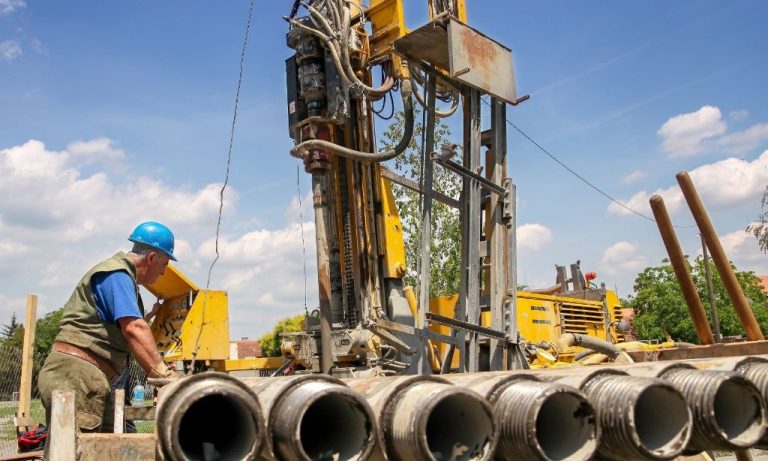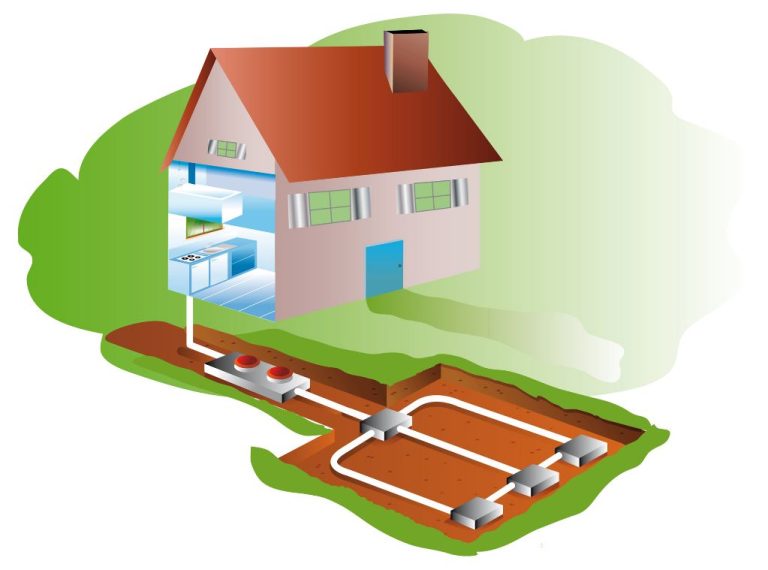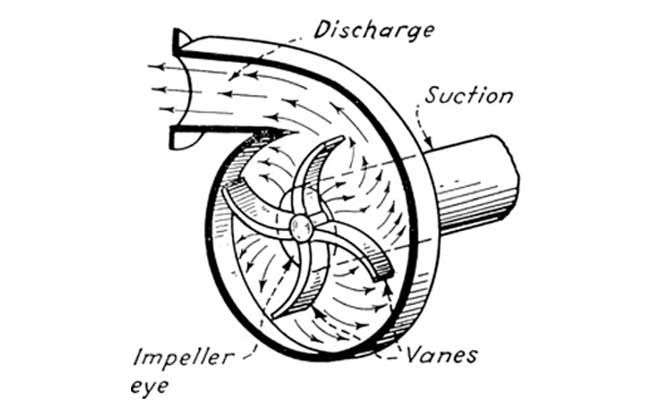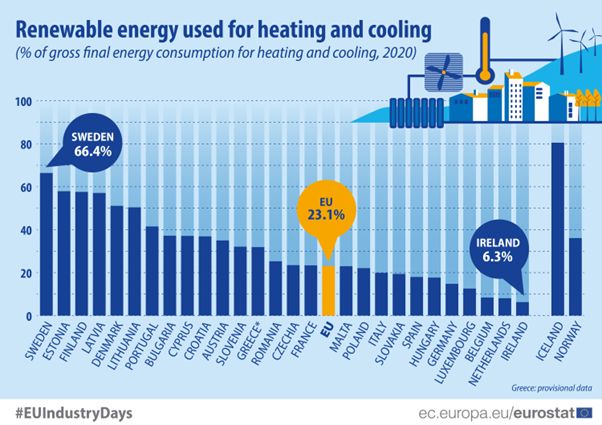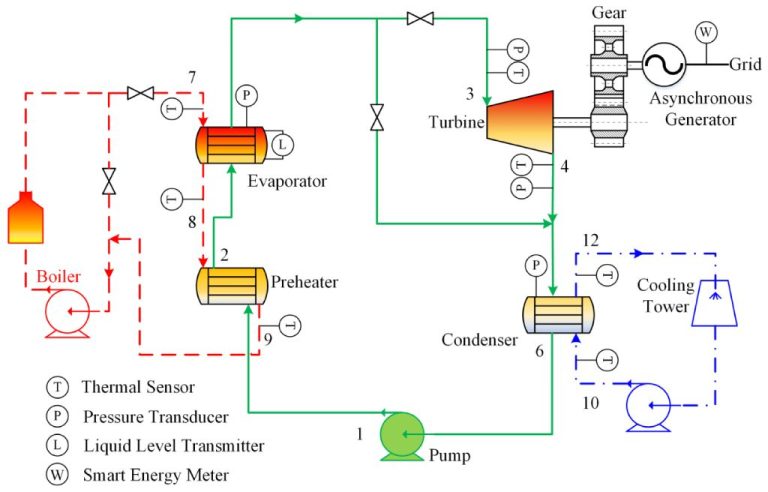Is There Any Geothermal Power Plant In The World?
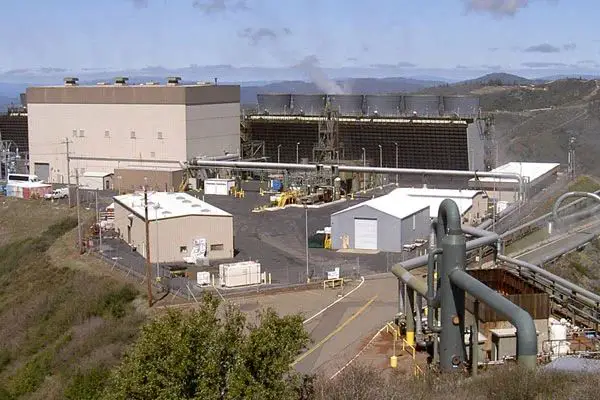
Geothermal energy is heat energy from the earth, with “geo” meaning earth and “thermal” meaning heat (EIA). It is a renewable energy source because heat is continuously produced inside the earth. Geothermal energy can come from natural hydrothermal resources where hot water or steam reservoirs are accessed by drilling (TWI). It can also come from enhanced geothermal systems (EGS) where reservoirs are created and engineered by fracturing hot rocks and injecting water.
Geothermal power plants use this geothermal heat energy to generate electricity. Hot water or steam from geothermal reservoirs spins a turbine that activates a generator, which then produces electricity. There are three types of geothermal power plants: dry steam, flash, and binary. Dry steam plants use steam from a geothermal reservoir to directly turn the generator turbines. Flash plants take high-pressure hot water, convert it to steam, and use the steam for power generation. Binary plants pass the hot water through heat exchangers to heat a secondary fluid, which flashes to vapor and turns the turbine.
Locations of Geothermal Plants
The top countries utilizing geothermal power are the United States, Indonesia, Philippines, Turkey, and New Zealand, according to GlobalData. The United States currently leads with over 3,700 MW of installed geothermal capacity, followed by Indonesia with over 2,000 MW (GlobalData). Other major geothermal power countries include Iceland, Mexico, Italy, Kenya, and Japan.
The countries that generate the most electricity from geothermal sources tend to be located on the “Ring of Fire” around the Pacific Ocean, where there is high volcanic and seismic activity. This geologic activity allows for abundant geothermal resources near the surface. Indonesia and the Philippines especially benefit from this location within the Ring of Fire.
While the United States generates the most total geothermal power, Iceland actually generates the highest percentage of its electricity from geothermal at over 25%. Geothermal supplies a major portion of electricity in several other countries as well, including Kenya (51%), El Salvador (25%), Philippines (20%), and Costa Rica (15%) (ThinkGeoEnergy).
Largest Geothermal Plants
Some of the largest geothermal power plants in the world include:
The Geysers in California, United States is the largest geothermal power station in the world with a nameplate capacity of 1,517 MW according to Wikipedia. It produces enough electricity to power one million homes.
The Larderello geothermal power complex in Italy is one of the oldest geothermal energy sites, with multiple power plants totaling about 761 MW of capacity according to Power Technology.
The Cerro Prieto Geothermal Power Station in Mexico is the second largest geothermal power plant in the world with a capacity of 720 MW according to Wikipedia.
The Wayang Windu Geothermal Power Station in Indonesia has a capacity of 227 MW according to Power Technology.
Other major geothermal plants include the MakBan geothermal power plant (Philippines, 458 MW), Reykjanes (Iceland, 100 MW), and the Salak geothermal field (Indonesia, 377 MW).
Geothermal Plant Technology
There are three main types of geothermal power plants that are currently in use: flash steam plants, binary cycle plants, and combined cycle plants. They differ in how they utilize the geothermal reservoir fluids to produce electricity.
Flash steam plants are the most common and simple type of geothermal power plant. They rely on very hot (>360°F) water and steam from the geothermal reservoir. The steam is directed into a turbine/generator unit which spins to generate electricity. The used steam is then condensed into water and injected back into the reservoir to be reheated.
Binary cycle plants operate with lower temperature reservoir fluids (225-360°F). The hot geothermal water is passed through a heat exchanger which heats a separate “working fluid” with a lower boiling point than water, usually an organic compound like isobutane. This causes the working fluid to vaporize which then spins the turbine. The water and condensed working fluid are injected back into the reservoir.
Combined cycle plants combine both technologies by directing the geothermal steam through a turbine and then routing the lower temperature fluid exiting the turbine to the binary power plant. This allows them to maximize electricity production.
The exact geothermal plant technology utilized depends on the temperature and composition of the reservoir being tapped. Flash plants are generally the most efficient and cost effective when high temperature resources are available.
Geothermal Plant Efficiency
Geothermal power plants have typical capacity factors ranging from 45-90%, with an average of around 74% [1]. This means they can generate electricity consistently around 74% of the time. In comparison, solar PV has a capacity factor of around 25% and wind around 35% [2].
Geothermal plants have high availability as the Earth’s geothermal energy is constantly renewed. The plants can operate 24/7 if designed as baseload plants. This gives geothermal an advantage over solar and wind which rely on intermittent resources and often require energy storage [1].
The average thermal efficiency of geothermal plants ranges from 10-30%, with an average of around 20%. This is lower than natural gas at 50% efficiency but higher than solar PV at 15% [3]. However, as geothermal can operate consistently, the capacity factor and availability compensate for the lower efficiency.
Geothermal Plant Costs
Geothermal power plants require high upfront capital costs for exploration, drilling, and plant construction. The levelized cost of electricity from geothermal plants ranges from $61–$102 per megawatt-hour, according to Lazard’s analysis. This is competitive with the cost of coal and natural gas power.
In comparison, coal costs $65-150/MWh and natural gas costs $44-73/MWh, according to Lazard. So the levelized cost of geothermal is within the same range as traditional fossil fuel plants. Geothermal requires no fuel costs, so the majority of costs are upfront capital rather than ongoing operating costs.
The high upfront investment for geothermal can make financing challenging. However, incentives like tax credits and feed-in tariffs can improve the economics. Overall, geothermal can be cost competitive with conventional power sources, providing carbon-free renewable electricity.
Environmental Impact
Geothermal power plants can have several impacts on the environment, both positive and negative. Some of the main areas of concern are land use, emissions, induced seismicity, and water use.
Geothermal plants require land for the power plant itself as well as for drilling wells to access the hot water or steam. This can lead to loss of habitat and impacts on wildlife. According to the Union of Concerned Scientists, geothermal plants use about the same amount of land per unit of energy produced as coal plants.
In terms of air emissions, geothermal plants release far fewer emissions than fossil fuel plants. However, they can still emit small amounts of sulfur dioxide, hydrogen sulfide, carbon dioxide, ammonia, methane and heavy metals. The amounts are generally much lower compared to fossil fuels. According to the U.S. Energy Information Administration, geothermal plants emit 97% less sulfur dioxide and 99% less carbon dioxide compared to coal plants.
The drilling and fracturing of rock during geothermal development can induce small earthquakes, known as microseisms. Larger earthquakes are rare but have occurred in some cases. Proper siting and operation can minimize seismic risks.
Geothermal plants use significant amounts of water for drilling and power plant cooling. The used geothermal fluid is generally injected back underground to replenish the reservoir. However, some water can be lost through evaporation and absorption into the rock. Advanced cooling methods like air cooling can reduce water usage.
Challenges
There are several challenges associated with geothermal power plants. One major challenge is the high upfront costs required to build a geothermal plant. Drilling wells thousands of feet into the earth and installing the power plant infrastructure is extremely expensive, with costs often exceeding $1 million per installed megawatt of capacity. This is significantly higher than other renewable energy sources like wind and solar power. Securing financing for such large upfront costs can be difficult, especially for smaller independent power producers.
Another challenge is that geothermal power is restricted to suitable geographical locations with access to geothermal resources like hot springs or geysers. Globally, only certain areas have the right combination of geologic conditions, including significant subsurface heat, permeability, fluid content, and proximity to the surface. This limits where geothermal plants can be built. According to the U.S. Geological Survey, geothermal resources are concentrated mainly in the western states, Alaska, and Hawaii in the U.S.
There are also technical limitations and engineering challenges involved with geothermal power generation. Extraction techniques need to be carefully managed to avoid premature cooling of the geothermal reservoir. Overproduction can deplete the steam resource and reduce power generating capacity over time. Controlling the corrosive fluids and managing the high-pressure geothermal environment also poses engineering hurdles.
Future Outlook
The future growth potential for geothermal power plants is promising, according to experts. New technologies are enabling greater access to geothermal resources, and supportive policies and incentives are encouraging more investment and development.
Projections estimate the global geothermal power market size could reach $6.8 billion by 2026, with a growth rate of 5.0% (Source: https://www.globenewswire.com/news-release/2019/07/25/1888000/0/en/Geothermal-Power-Market-To-Reach-USD-6-8-Billion-By-2026-Reports-And-Data.html). Key factors driving this growth include favorable renewable energy policies, technology improvements, and rising electricity demand.
In the United States, analysts predict geothermal power capacity could double by 2050 under supportive policies. The Geothermal Energy Association projects the U.S. geothermal market will sustain 4-5% annual growth rates in the coming years as new technologies open up resources previously thought to be uneconomical (Source: https://e360.yale.edu/features/can-geothermal-power-play-a-key-role-in-the-energy-transition).
New technologies such as advanced drilling techniques, hybrid power plants, and enhanced geothermal systems are making more geothermal resources accessible for electricity production. Continued innovation and research will further drive down costs and improve efficiency for geothermal plants. With supportive government incentives and policies, geothermal is poised to play a growing role in the global renewable energy mix.
Conclusion
Geothermal energy is a valuable renewable resource that provides a stable baseload power supply in areas with suitable geological conditions. There are geothermal power plants operating around the world, but they are concentrated in regions with abundant geothermal resources like the western United States, East Africa, and Southeast Asia.
The largest geothermal power plants in the world are located at The Geysers complex in California, the Kawerau field in New Zealand, the Cerro Prieto field in Mexico, and the Larderello field in Italy. These plants generate hundreds of megawatts of electricity for their respective regions.
Geothermal plants utilize different technologies like flash steam, dry steam, and binary cycle to convert geothermal heat into electricity. Costs vary widely based on the site conditions and plant design, but geothermal power is cost competitive with other baseload options. There are minimal carbon emissions associated with geothermal energy.
While geothermal power offers many benefits, there are also challenges around resource exploration, upfront capital costs, and managing impacts like induced seismicity. Continued technological advances and supportive policies can help overcome these hurdles and allow geothermal to play an increasing role in the global renewable energy mix.

